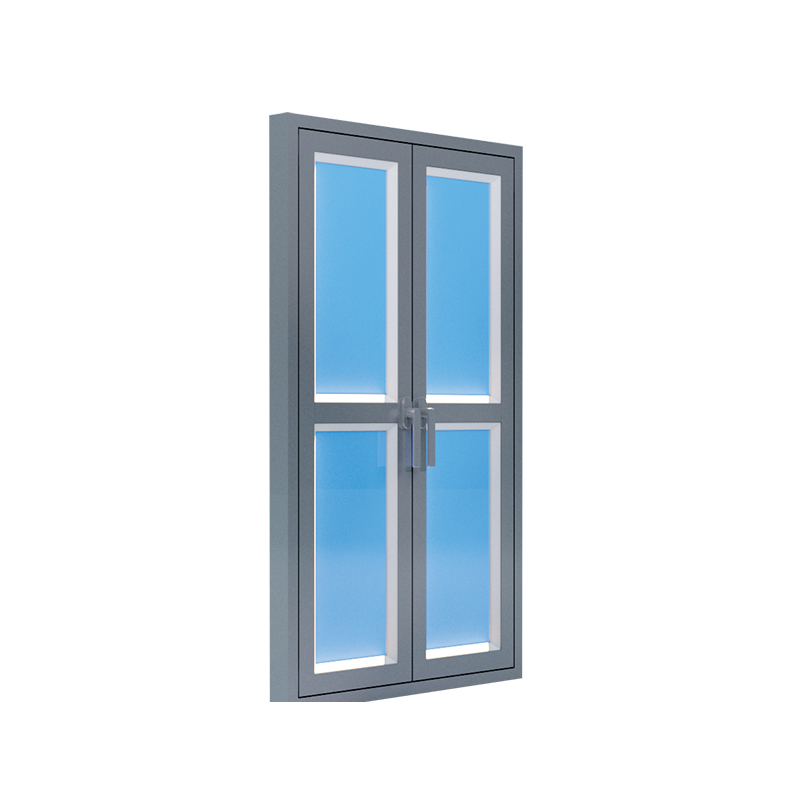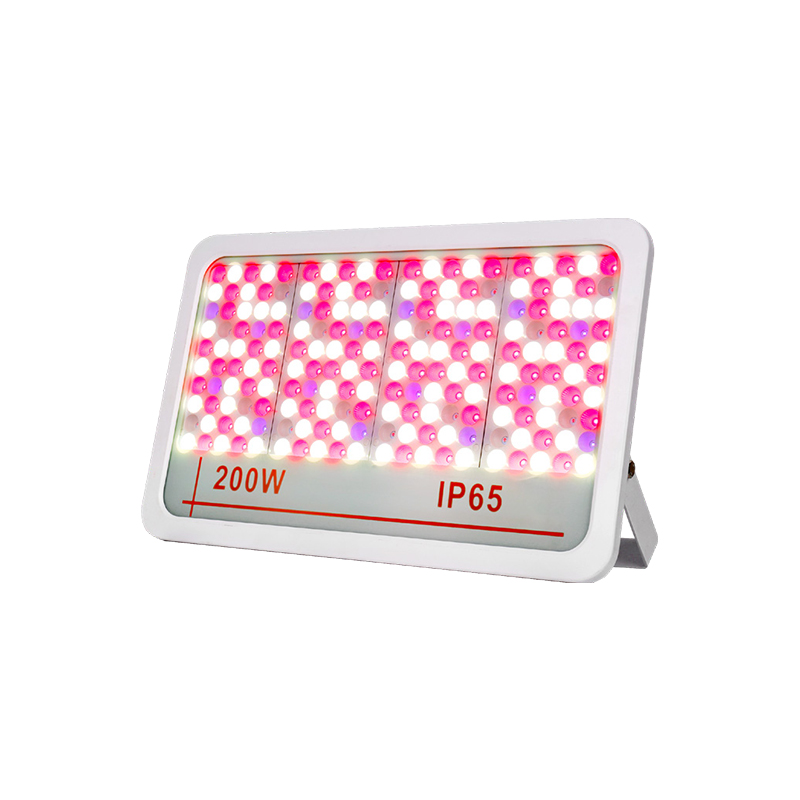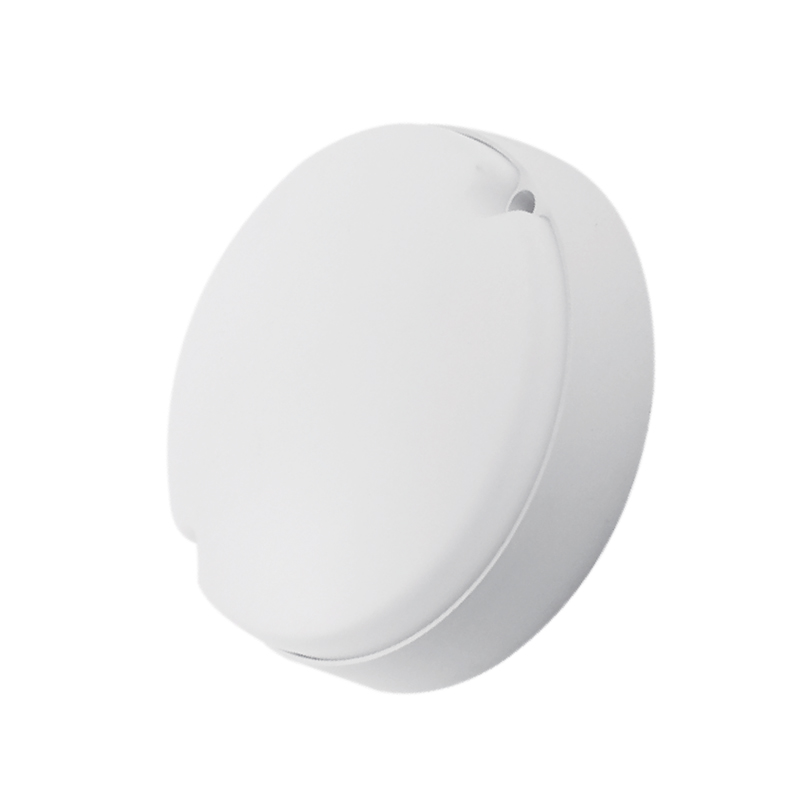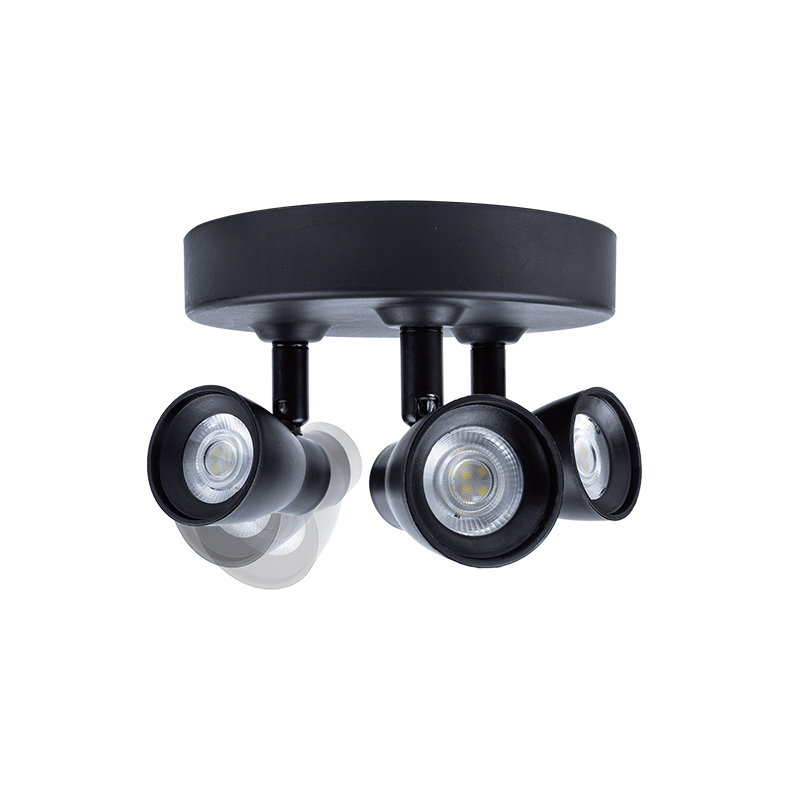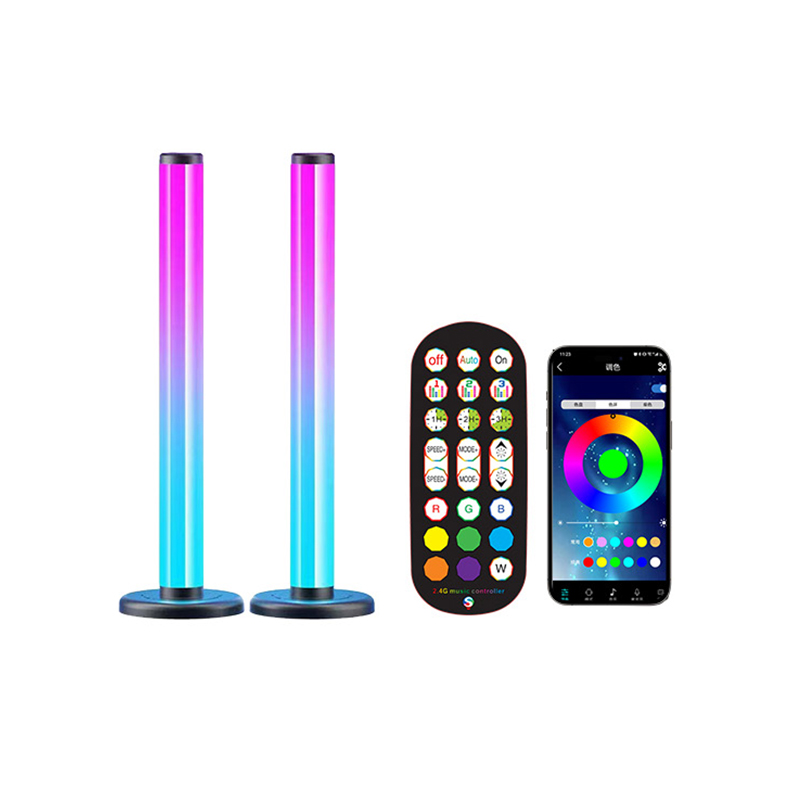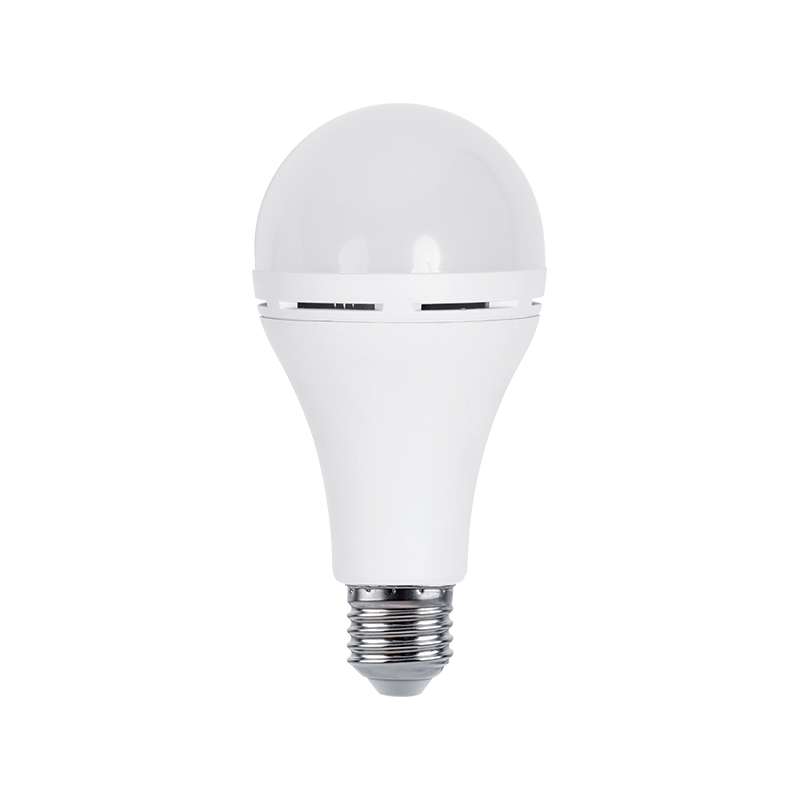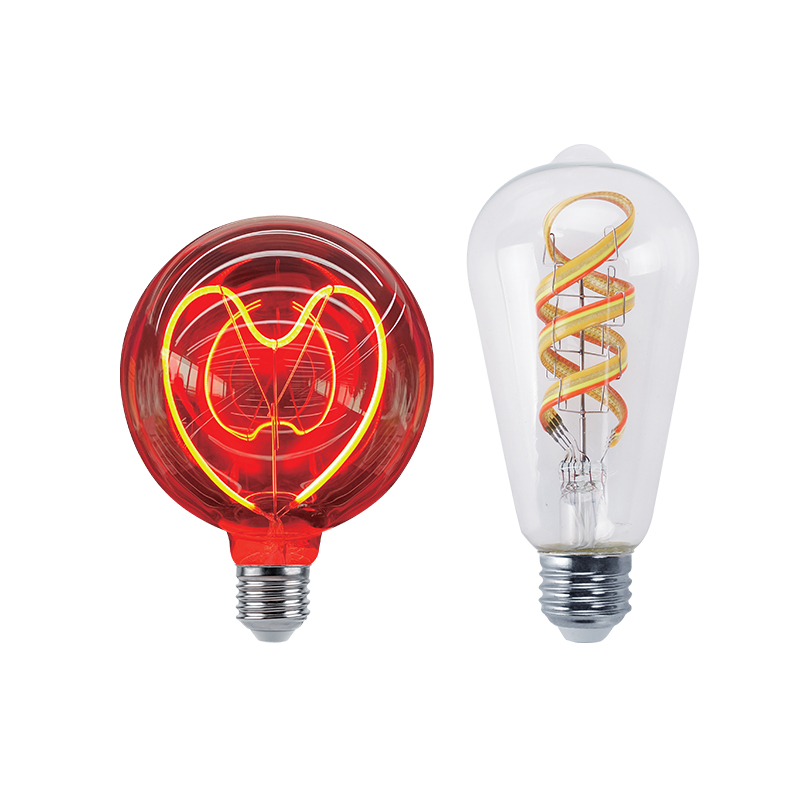We sincerely look forward to establishing a long-term development partnership with you with good quality and professional services.
In addition to heat dissipation design, the following factors will also affect the service life of LED SMD Bulbs:
Power quality
Voltage stability: Voltage fluctuations will have a greater impact on LED SMD Bulbs. If th e voltage is too high, the current of the LED chip will be too large, causing the chip to heat up, accelerate chip aging, and may even directly burn the chip; if the voltage is too low, the LED may not emit light normally or emit light unstably, and being in this state for a long time will also affect its life.
Power ripple: If the ripple of the power supply output is too large, the working current of the LED will fluctuate, causing the LED brightness to flicker and be unstable, and it will also increase the thermal stress of the LED chip and reduce its service life.
Working environment
Humidity: A high humidity environment can easily make the electronic components inside the LED SMD Bulbs damp, causing short circuits, leakage and other problems, and accelerating the corrosion and damage of the components. An overly dry environment may generate static electricity, and static discharge may cause irreversible damage to the LED chip.
Dust and pollutants: Dust and pollutants attached to the surface of LED will affect its light output efficiency, making LED consume more energy to achieve the same brightness, thereby generating more heat, indirectly affecting the service life. At the same time, some pollutants may be corrosive and damage the packaging materials of LED.
Mechanical vibration: In some environments with mechanical vibration, such as transportation, industrial equipment, etc., LED SMD Bulbs may be subject to vibration and impact, which may cause problems such as loose internal solder joints and chip displacement, making the electrical connection of the bulb unstable, thereby affecting its normal operation and life.
Chip quality
Material purity: The material purity of LED chips is crucial to their performance and life. High-purity materials have fewer internal defects and impurities, which can reduce the non-radiative recombination of electrons and holes, improve luminous efficiency, reduce heat generation, and thus extend service life.
Manufacturing process: Advanced manufacturing processes can ensure the quality and consistency of chips. For example, the accuracy of the photolithography process and the quality of epitaxial growth will affect the performance of the chip. Process defects may cause stress concentration and leakage inside the chip, shortening the life of the LED.
Packaging technology
Packaging materials: The performance of packaging materials directly affects the life of LEDs. For example, if the light transmittance, heat resistance, and moisture resistance of the packaging glue are poor, yellowing and aging will occur over time, reducing the light output efficiency and heat dissipation performance of the LED.
Packaging structure: A reasonable packaging structure can protect the LED chip from the influence of the external environment, and is conducive to heat dissipation and light output. If the packaging structure is not designed reasonably, such as the gap between the chip and the packaging shell is too large or too small, it may cause poor heat dissipation or mechanical stress concentration, affecting the service life of the LED.
Dimming method
PWM dimming: If the frequency of PWM dimming is too low, the LED may flicker significantly, which will not only affect the visual effect, but also cause additional thermal stress on the LED chip during frequent switching, and long-term use may shorten the life.
Linear dimming: When linear dimming, if the dimming circuit design is unreasonable, it may cause the LED to have unstable working current at low brightness or excessive power consumption at high brightness, which will have an adverse effect on the life of the LED.

 English
English Español
Español Deutsch
Deutsch